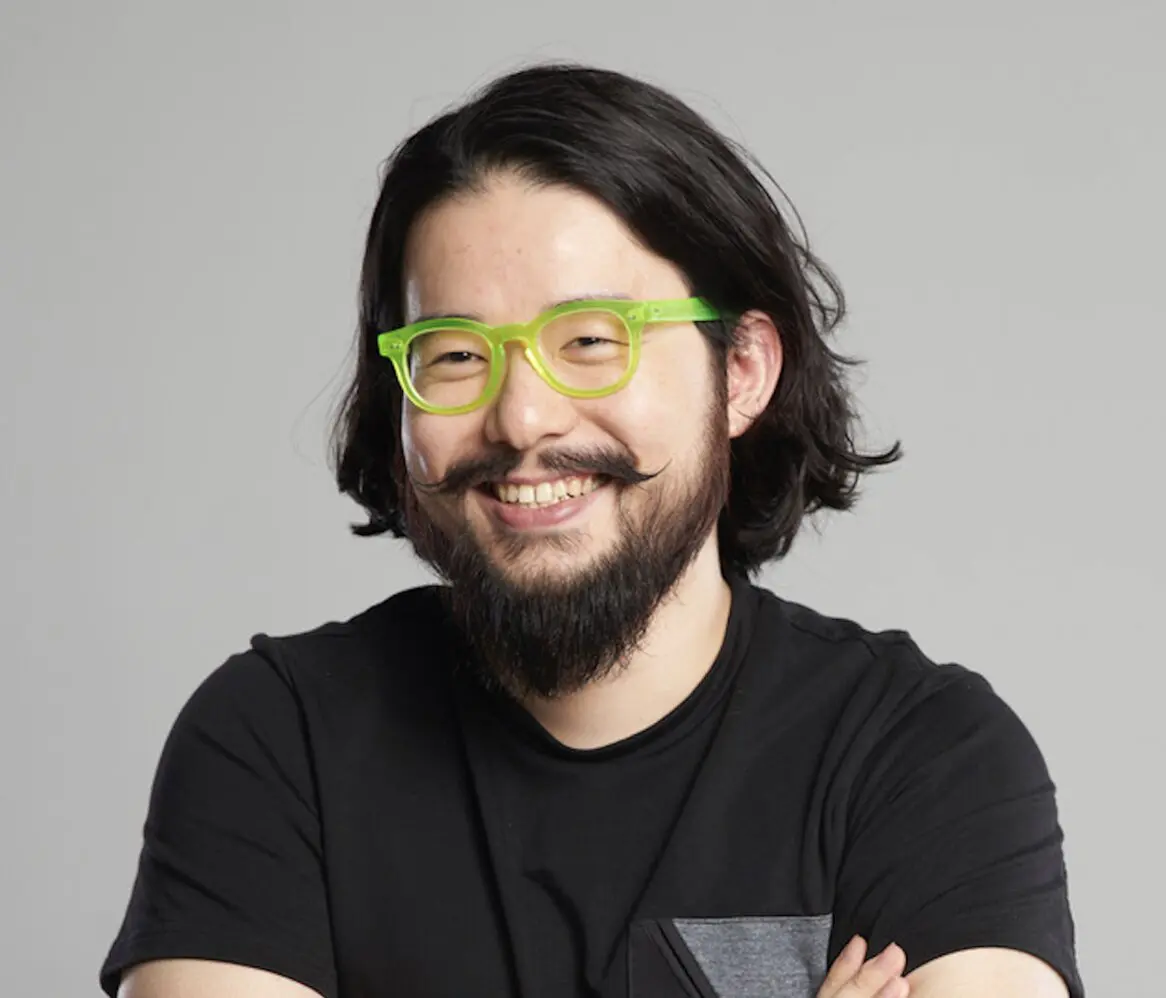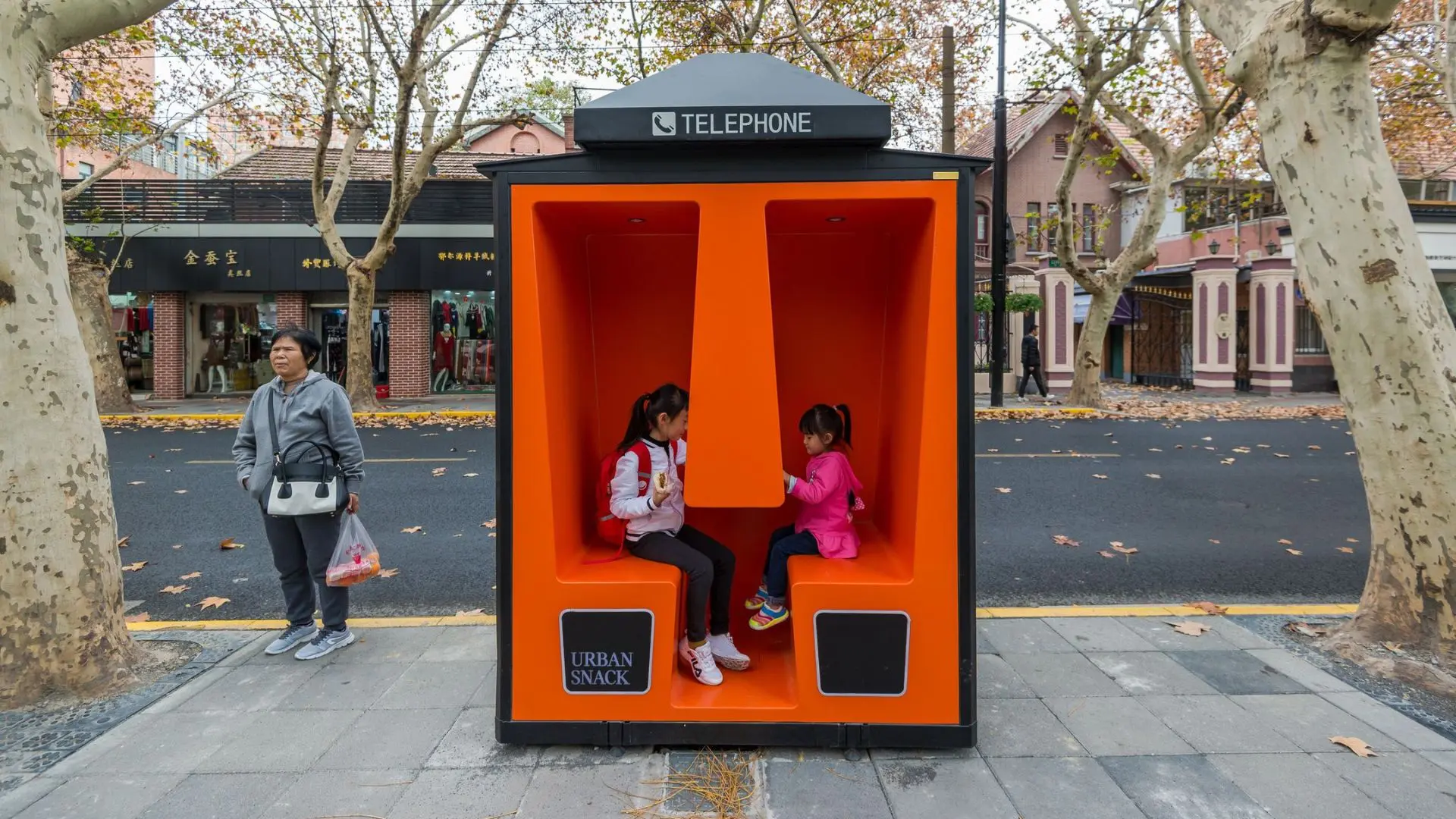A look into Design leadership at MIT Laboratories
A preliminary discussion on design leadership through a hybrid academic and industrial lens
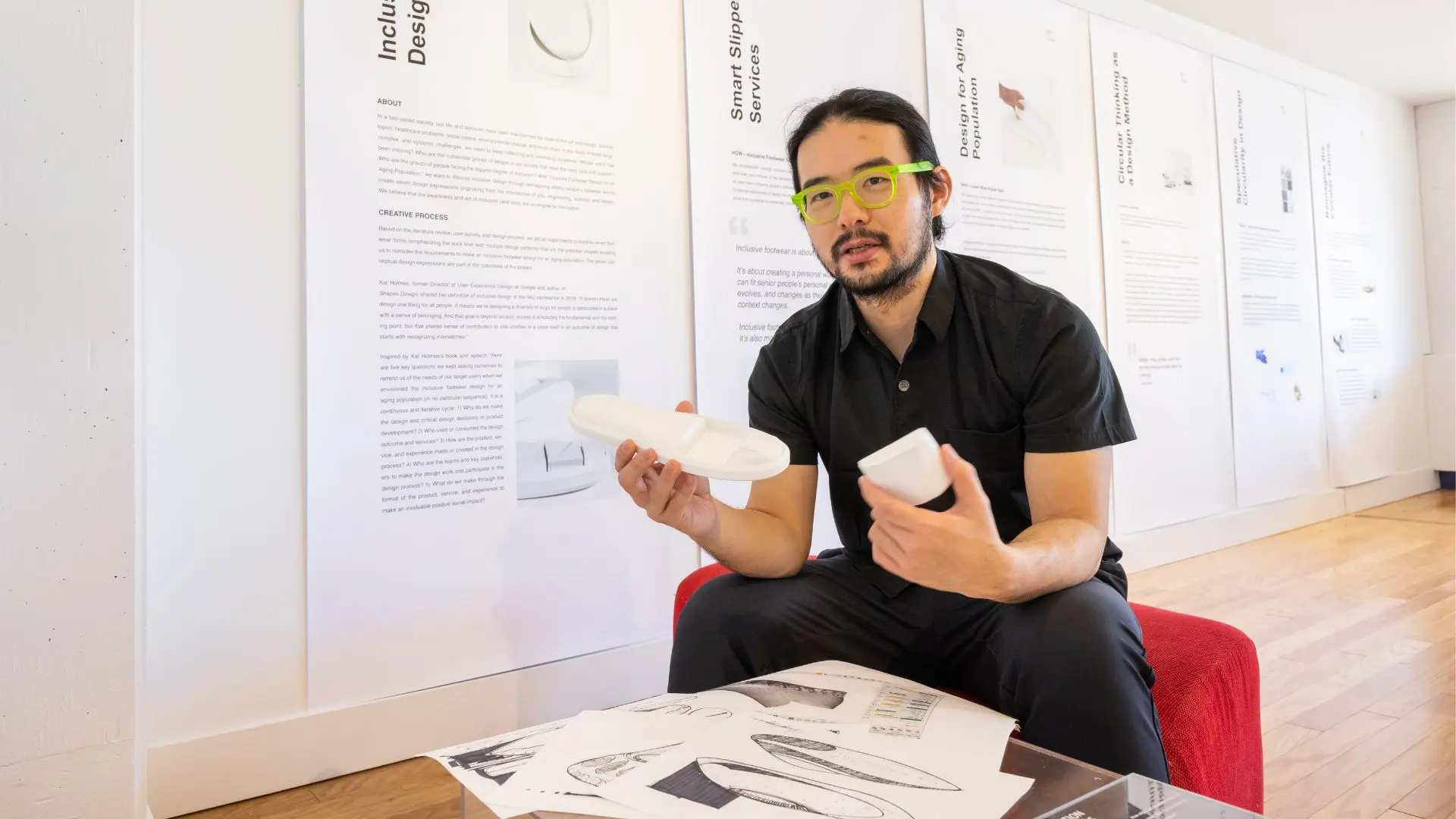
When it comes to design-leadership-related topics, simultaneously, designers have so many questions in mind and, in seeking answers, ask for experts’ opinions.
What is design leadership and why does it matter not only to designers, but to all of us? How do we practice design leadership, a critical human skill, in the era of transformational change? How do we learn and train our design leadership skills in our daily life and work?
This article is inspired by World Industrial Design Day (WIDD) event on June 29 hosted by World Design Organization (WDO).
Design leadership is always a topic that I am fascinated to explore as a design practitioner.
Especially now working at the Massachusetts Institute of Technology (MIT) for my Ph.D. in Human Behavior and Service Design, I want to use my hybrid lens: academic and industrial to review this topic.
It is a complicated issue to talk about based on my industry experience while I am in the early learning stage of this design leadership concept.
The article provides suggested four key learning points:
- be trustworthy
- be interactive
- be yourself
- be a people person
to help you not only be aware of the idea of design leadership, but also empower you to cultivate the right skillset and mindset for yourself and your design team.
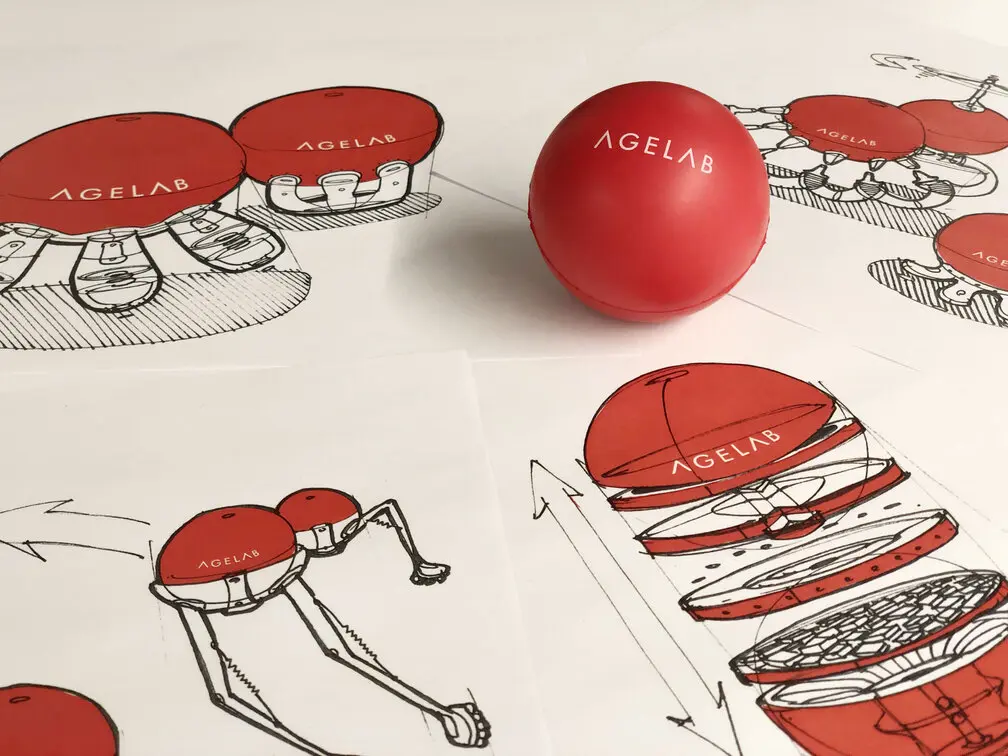
(Design and Photography Credit: Sheng-Hung Lee)
1. Understand the concept of design leadership in industry
Before discussing design leadership in the laboratory context, we can look at it in the design industry.
Since worked with design consultancy companies: Continuum and IDEO for five years, I use these two valuable working experiences to share the idea of design leadership.
In design consultancy, everyone is viewed as a design talent with various expertise and domain knowledge and everyone is capable of working on different design stages in projects from inspiration, ideation, and implementation to equipping internal members and external teams like clients and sponsors with great communication and teamworking skills.
Therefore, the concept of design leadership or leadership, in general, has become more critical than ever.
How can designers lead teams with complicated organizational structure, inter-relationships, and business implications to achieve the project goals, satisfy personal learning objectives, and clients’ requirements, and potentially make a positive social impact pairing with sustainable business models?
Forming a healthy design leadership concept and culture are not an easy task.
This bottleneck naturally exists at every level from individual, to team, organization, and even society.
The idea of design leadership is a context-defining term vary from company to company and person to person.
Take IDEO for example.
Design leadership was already implemented in most of IDEOers. But everyone has different and creative interpretations.
“Healthy” design leadership style in a company doesn’t mean there is no conflict.
Instead, there were many conflicts among the internal design teams, clients, leadership teams, and other key stakeholders.
What matters for companies is to create transparent communication channels to assist each person to feel safe, build trust within their teams, and is willing to make mistake and learn from their mistake and each other. People may fail but fail forward not backward.
In such a dynamic and diverse working environment like IDEO or design consultancy in general, establishing a design leadership mindset and taking action actually remain the responsibilities of each employee and person who work on the projects.
Everyone needs to contribute their effort, trust, and open-mindedness to lead and be led in different situations to cultivate the right condition for creativity.
2. View different laboratories as different people with vivid characters
Back at MIT I work with four different laboratories, including MIT AgeLab, MIT Ideation Lab, MIT Office of Sustainability (MITOS), and MIT GOV/LAB, and am still collaborating with them through projects.
These valuable MIT laboratory experiences have shaped my unique perspectives on both my interpretation of design and my understanding of design leadership through working on multiple actual research projects and sponsors’ works.
Viewing each MIT laboratory as a unique person with various personalities, interests, and lifestyles is an interesting metaphor to think of different kinds of design leadership styles.
As a trained designer and researcher, every time I join a new laboratory, I need to spend some time understanding this person and making friends with him/her.
I often ask myself that where does he/she come from? What’s his/her educational background and expertise? How long will he/she stay in the laboratory?
Here the term “person” stands for a group of people including engineers, scientists, designers, and professors who work in the laboratory with you.
In the process of making friends with them, you can start to recognize certain patterns, ways of working, and attitudes toward problem-solving, which we can simply call laboratory culture.
This article is not for me to accurately analyze the pros and cons of four different MIT laboratories.
Instead, it allows me to reflect on learning experiences, synthesize what I’ve learned and think about how to apply design leadership skills and mindset to better prepare for solving complex, systematic social-technological challenges in the near future.

(Photography Credit: Sheng-Hung Lee)
3. Recall the first encounter with design leadership
A senior interaction designer at IDEO, shared her secret to “survive” in a very competitive working environment.
She suggested that we can view ourselves as a design department to offer different types of design services to the team within my expertise.
I didn’t fully validate her ideas, but it did make me curious about how might I become an enlightened design leader in companies.
The conversation is still in my head even though I graduated from IDEO almost four years.
I think this raised my awareness of the importance of having design leadership in mind at work.
Since then, I have started to look into leadership-related materials, in books, on podcasts, and on YouTube.
People that I admire:
- Simon Sinek, an author, and inspirational speaker
- Gary Vaynerchuk, an entrepreneur, author, speaker
- and Tom Bilyeu, a co-founder and host of Impact Theory
opened my door to understanding the concept of leadership in general.
4. Cultivate design leadership in MIT laboratories
In 2019, I became a graduate student in engineering management and mechanical engineering at MIT.
The school life and learning experience gave me more than I expected in terms of the talented people with whom I collaborated, the challenging courses I took, the pioneer research projects I experimented with, and most impressively, the new design leadership skills I wanted to learn, practice, and cultivate in four different laboratories.
Therefore, I organized my laboratory working experience by applying four self-evaluation criteria shown in Table 1:
- the types of projects I’ve worked on with the laboratories
- the feeling and impression I have
- the leadership team, principal investigators (PI), responsible for the laboratory research, operation, and business
- and the last one the position of design and design leadership in laboratories
The result is a subjective evaluation based on my experience.
However, all four laboratories’ leaders are very supportive not only in their own field of academic research, but also in investing in projects relevant to design and innovation.
Especially in the fuzzy front-end of the creative process in most new projects, they are each typically the first person who wants to be involved wholeheartedly and experiment with the ideas.
Design leadership is a very contextual-driven term that differs from laboratory to laboratory and person to person.
Therefore, the laboratory culture has a strong influence on the PIs, laboratory research scientists, engineers, and designers and thus directly and indirectly affects how they leverage design leadership to reshape laboratory culture, business models, and employees’ work style and even their life rituals after work.
Design leadership is invisible, conceptual, perceptual, but powerful if people use in a right way.
For me, I think an ideal way to understand “design leadership” is to view it as an invisible powerful force like water to foster immersive collaboration within teams, facilitate meaningful conversations across different disciplines and departments, encourage people to take risks and be experimental, and form an unbreakable belief and culture within teams.
Table 1. Four self-evaluation criteria and results with four MIT laboratories
(organized by Sheng-Hung Lee)
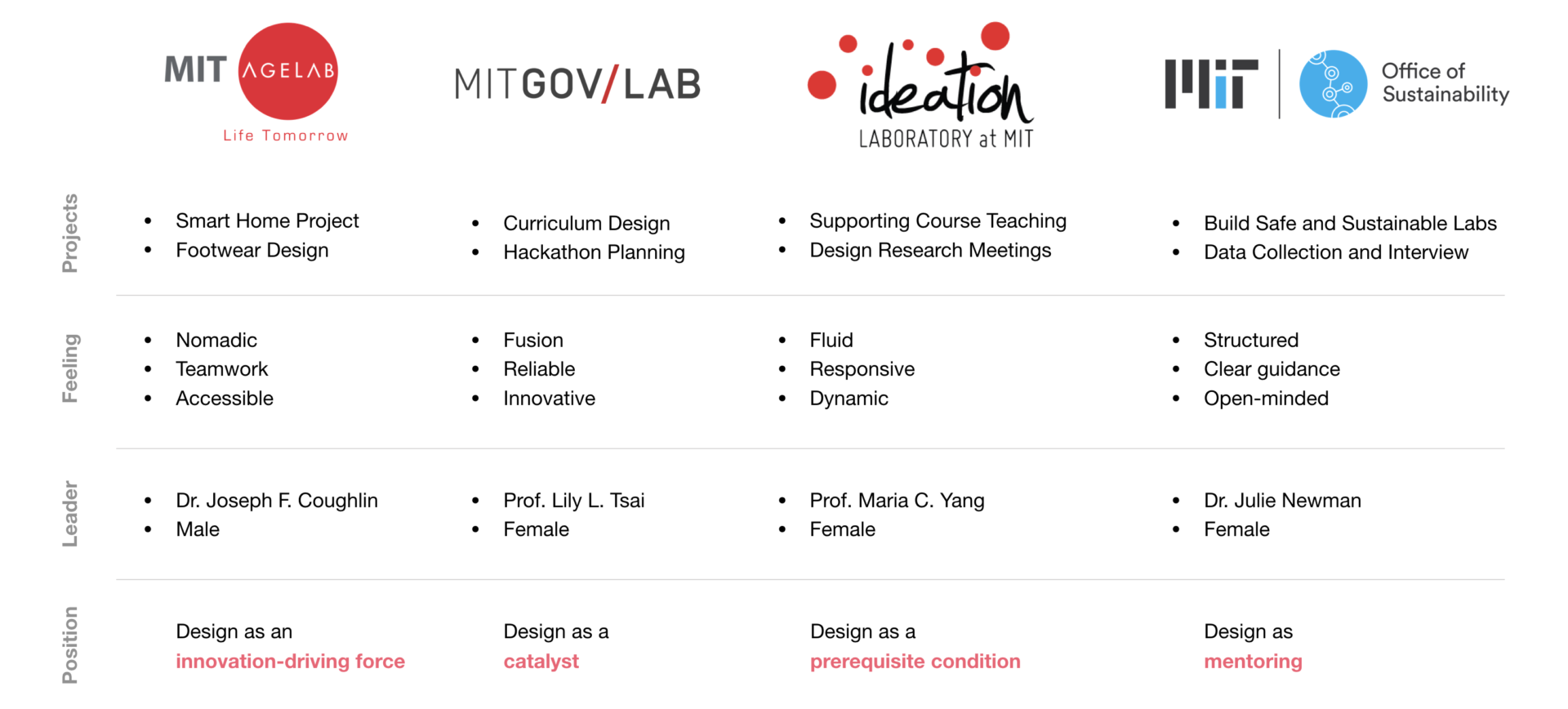
5. Provide four learning points transform inspiring designers to enlightened leaders
This article merely shares some initial reflections on design leadership.
There are still many interesting areas we need to explore from both academic and industry.
Four learning points might help transform us from being inspiring designers to becoming enlightened leaders: 1) be trustworthy, 2) be interactive, 3) be yourself, and 4) be a people person.
1) Be Trustworthy
Trust is the design foundation to unlock the potential to do what you want to do within laboratories or companies.
Any kind of successful project starts from building trust with every team member.
People you like and dislike can both be part of your trust system.
How do you make others trust you to invite them to enter your world, e.g., the way you think, the way you process problems, the behavior you interact with, and even the hobbies you have.
Trust can be a currency of design leadership.
2) Be Interactive
It is critical to be engaging with your communities both in the physical environment and digital space. It not only shows your existence, but also expresses your opinions.
Especially in a post-pandemic era, digital engagement has become more critical.
If most of your working hours are working from home, how can you naturally connect with your colleagues, clients, or even your families?
Being interactive allows you to create multiple critical moments and touchpoints to ensure having a conversion with people and resonating with them.
As a design leader, you need to know more people and make broader connections through a series of engaging moments and touchpoints.
3) Be Yourself
Listening to other people’s feedback is important, but you also need to hold your perspectives and be yourself against various opinions.
Sometimes, this can be very difficult, if you don’t have confidence in the laboratories.
Maybe you are afraid of making mistakes in front of everyone, especially your boss; maybe you are thinking of yourself as a junior designer; maybe you don’t want to stand out among the crowd.
Being yourself is also a direct way to make other team members understand that you are responsible for the decisions you are going to make, as a design leader, and believe that is the right path to take.
4) Be A People Person
Be a well-connected and well-rounded design leader and pay back when you received help from others.
Becoming a people person doesn’t mean you have to agree with everyone.
Instead, you need to express explicitly your opinion and be willing to listen to what others say; this will help you establish a reasonable and strong design leadership vibe.
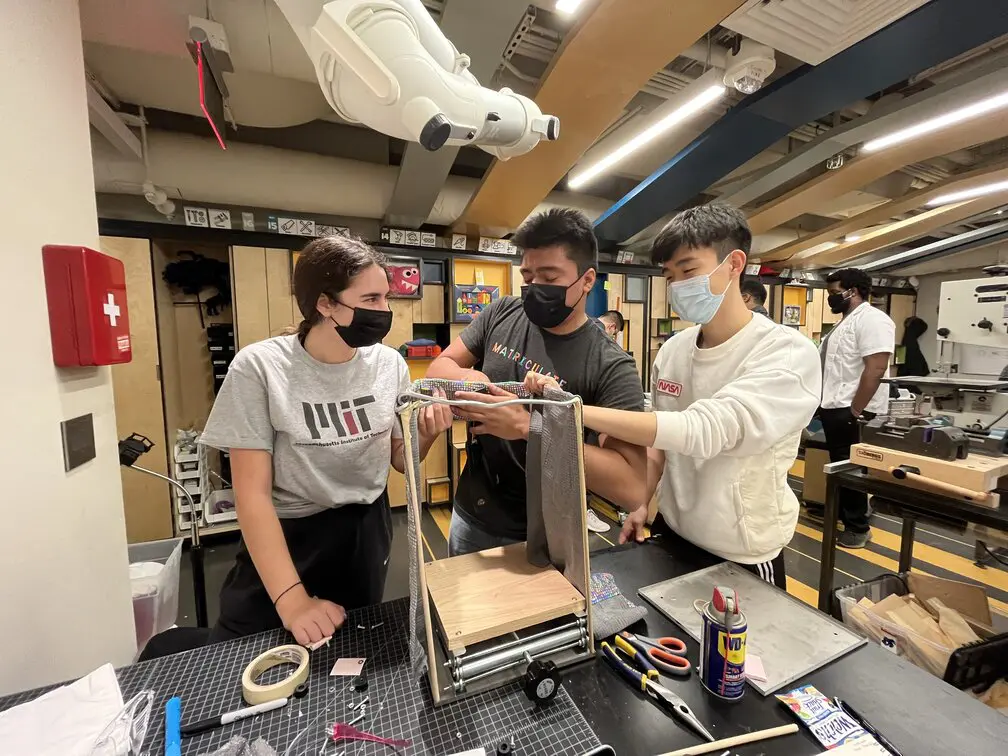
(Photography Credit: Sheng-Hung Lee)
6. Reflection and Discussion
In the era of transformational change, learning how to embrace uncertainty is the new normal for everyone.
The roles and responsibilities of designers, have become more important for our society not only coming up with great design solutions, and business models, but also pushing design upfront as a strategic position within organizations.
The mindset and skillset of design leadership are the core to success in building the right teams, creating social-impactful projects, and solving systemic complex challenges.
Applying the suggested four learning points:
- be trustworthy
- be interactive
- be yourself
- be a people person
can help us practice leadership skills and also can transform us from being inspiring designers to becoming enlightened leaders.

